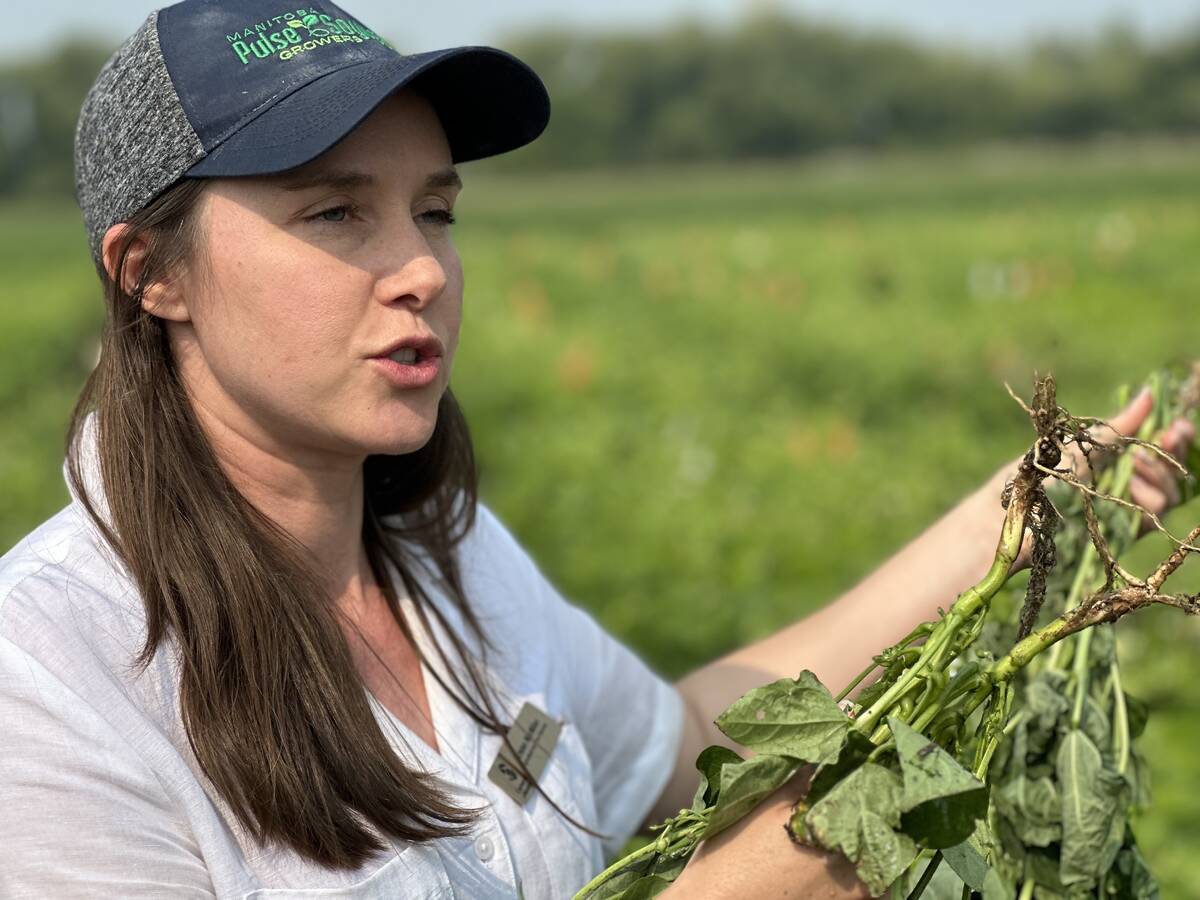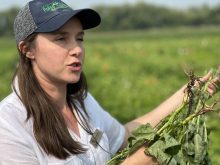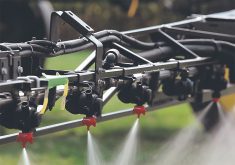Federal agriculture minister Bob Speller has changed the rules of the cull cow compensation to eliminate the need to slaughter cattle before money can be sent to farmers.
He promised cheques will start landing in cattle producer mailboxes by early March.
“This will allow producers to access funds sooner, will ensure equal access to the program across Canada and will help with feed costs until more slaughter space becomes available,” Speller said Feb. 16.
He also said that at the urging of the cattle industry, he plans to take a loan guarantee proposal to cabinet soon. This week in Ottawa, he meets cattle industry leaders to try to agree to details. He has a letter from Manitoba agriculture minister Rosann Wowchuk on behalf of western agriculture ministers asking that such a program be created.
Read Also

Lower nitrogen rates in dry beans could pay off for farmers
Manitoba research is testing whether reduced nitrogen fertilizer in dry beans can maintain yields while cutting costs and lowering greenhouse gas emissions.
“None of this has gone forward yet but some of the ideas being put forward are things like a short-term loan guarantee program that would have some feeding aspect to it,” he said.
Farmers in provinces where both Ottawa and the provinces take part in the cull cow program are eligible for up to $320 per animal older than 30 months, to a maximum of eight percent of beef herds and 16 percent of dairy herds.
Producers who raise other ruminant animals also are eligible for the program.
Speller’s decision to divorce the cull cow program from the need for slaughter, another reversal of an earlier decision by former minister Lyle Vanclief, won praise from the provinces and industry.
The requirement that the $120 million in federal funding be available only when the cow was slaughtered drew criticism last year from industry and provincial leaders, who complained it would not help producers in provinces where slaughter capacity was not available. The provinces were supposed to add another $80 million.
None of the federal money has yet been spent.
“Our take on this change is that it is welcome news,” Rob McNabb of the Canadian Cattlemen’s Association said from Calgary. “We have argued that the original design was flawed, that it was hampered by (slaughter) capacity issues in parts of the country.”
Saskatchewan agriculture minister Clay Serby said the federal government finally got it right.
“I think this is the right step,” said Serby. “We’ve been asking them to do this for some months.” Speller said he is working on a proposal for a loan guarantee program because the industry is identifying a cash flow problem and there is concern that lenders will begin to consider beef industry debt questionable when there are rising feed costs for cattle that have limited markets.
Leighton Kolk, a feedlot operator from Iron Springs, Alta., said a government loan guarantee program has to be announced or at least promised within the next three weeks to give lenders the confidence to keep lending money to livestock producers trying to get loans to get them through the winter.
“That’s all the banks want,” he said.
Speller said he could give no guarantee on when he will win cabinet approval for a new program.














